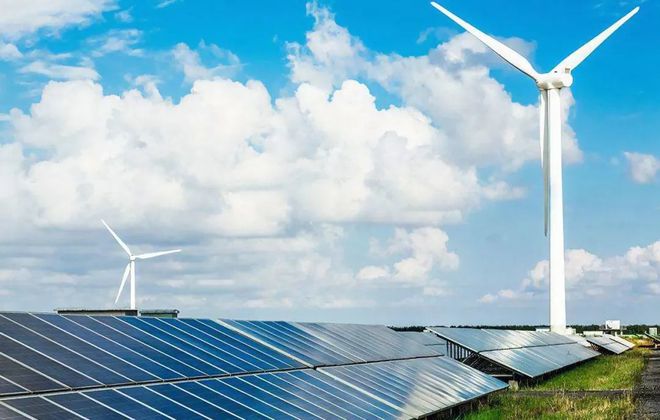基于叶片弯掠技术的优化设计
基于叶片弯掠技术的优化设计 摘要在三维粘性流场的数值计算程序平台上,利用BP神经网络和遗传算法,通过叶片弯掠技术对一轴流风机的转子叶片的周向弯曲角度进行寻优,以使风扇的气动性能进
摘要在三维粘性流场的数值计算程序平台上,利用BP神经网络和遗传算法,通过叶片弯掠技术对一轴流风机的转子叶片的周向弯曲角度进行寻优,以使风扇的气动性能进一步提高。通过对比优化前、后的叶轮发现,优化之后的叶片呈现明显的周向前弯曲特征。测试结果显示,其全压和气动效率分别提高了3.56%和1.27%,失速裕度大幅度拓宽36%以上,上、下端部的损失进一步降低。
关键词周向前弯叶片,人工神经网络,遗传算法,优化设计
中图分类号TH432.1 文献标识码A
Optimization Design based on Skewed and Swept Blade TechniqueLI Yang OU YANG-Hua DU Zhao-Hui
(Turbomachinery Laboratory of Shanghai Jiaotong University, Shanghai 200030, China)
Abstract based on a program for solving 3D viscous flow fields, an aerodynamic optimization design was conducted to the rotor blade (archetypal rotor blade) of anaxial flow fan with back-propagation neural network andgenetic algorithm. By skewed and swept blade technique, the optimized rotor blade having better aerodynamic performance is obtained. The results show that the optimized rotor blade is circumferential forward-skewed blade. Compared with the archetypal rotor blade, the total pressure rise and the total pressure efficiency of the optimized rotor are increased by 3.56% and 1.27% respectively. Its stall margin is greatly extended by more than 36%. At the same time, the loss in the upper and lower endwalls of the fan is reduced further.中国风电材料设备网
Key words Circumferential forward-skewed blade; Artificial Neural Network (ANN); Genetic Algorithm (GA); Optimization design
1前言
随着计算机技术和各种寻优算法的不断发展,在叶轮机械领域,利用某些算法进行叶片的优化设计来提高叶轮的性能已经成为可能。许多学者利用遗传算法、模拟退火法、梯度法、响应面法等对各种叶轮的静子和转子叶型进行了优化设计,结果显示,通过一些优化方法可以进一步地提高叶轮的效率,改善叶片表面的压力分布,降低了边界层的流动损失,同时也缩短了设计周期【1-7】。
然而,当前的优化设计多是针对改进二维叶型,对于能够减小叶轮的内部流动损失、提高气动效率最为重要的手段之一的弯掠叶片技术【8-10】,在叶片优化计算中应用的公开报告还比较少。
本文利用雷诺平均N-S方程组数值计算程序,基于人工神经网络BP算法和遗传算法的数值优化程序,基于叶片弯掠技术对一轴流风扇转子叶片进行了优化设计,通过寻找合适的周向弯曲角度,来获得具有最优气动性能的风扇叶片,并对优化前、后的叶片在叶片形状、气动性能以及出口流场进行了对比分析。
2研究模型
-
英国江南娱乐在线下载最新版苹果 量创新高2024-08-16
-
合肥首个江南娱乐在线下载最新版苹果 项目获核准2024-08-16
-
韩文科:发展太阳能及江南娱乐在线下载最新版苹果 并网2024-08-16
-
国内首支68米长6兆瓦风机叶片在连云港下线2024-08-16
-
风电叶片市场需求渐旺2024-08-16
-
设计缺陷使叶片质量存隐忧2024-08-16
-
风电叶片存缺陷运维市场渐成热点2024-08-16
-
风电叶片存缺陷运维市场渐成热点2024-08-16
-
基于ANSYS的大型风机叶片建模研究2018-09-04
-
风电机组叶片静态检验方法概述2018-09-04
-
兆瓦级垂直轴风力发电机用玻璃钢叶片拉挤设备2018-09-04
-
大型风力机叶片设计需要解决的关键技术问题2018-09-04
-
风机叶片的结构优先设计方法2018-09-04
-
水平轴风力机叶片的逆向设计与分析2018-09-04
-
发电机叶片工艺介绍2018-09-04
